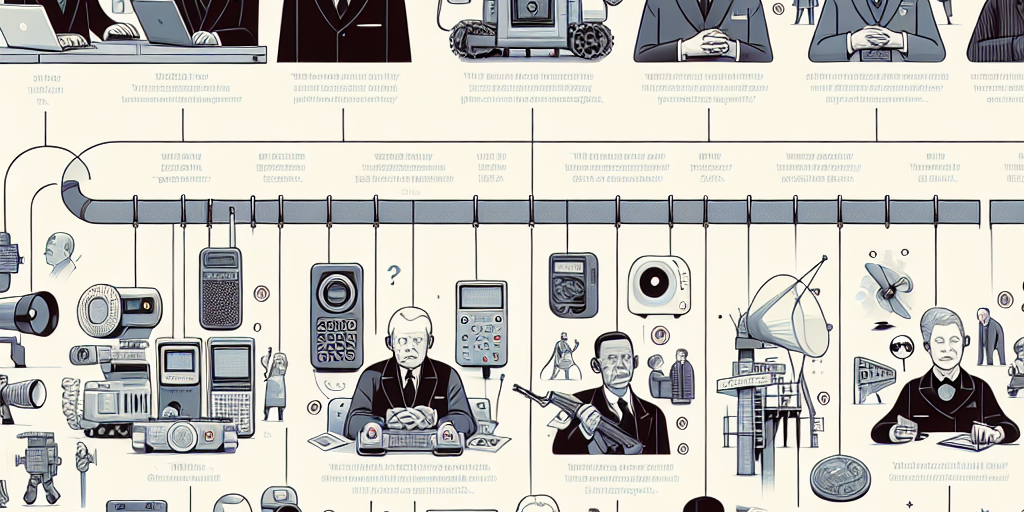Presidents’ Day Trivia: Presidential Tech Milestones
Presidents’ Day often conjures images of historical figures like George Washington and Abraham Lincoln, but lesser-known are the technological milestones achieved by figures like the 19th President Rutherford B. Hayes. In a fascinating tidbit of history, Hayes became the first United States president to have a telephone installed in the White House back in 1877. The technology was so new that his phone number was a single digit: “1”. This anecdote highlights the intersection of the presidency with America’s technological advancement, demonstrating how leaders have historically embraced innovation.
The Future of Data Centers: Peering into ‘Lights-Out’ Facilities
In a transformation that is sure to have far-reaching implications for data management and employment within the industry, ‘lights-out’ data centers — fully automated facilities requiring minimal human intervention — are increasingly becoming a topic of discussion. Industry experts like Ed LaFrance of Datacate and Doug Adams of NTT Global Data Centers shed light on the potential of these unmanned sites. While these automations promise significant cost savings by slashing staffing expenses, they also raise concerns about the safety and practicality of leaving complex and vast data ecosystems unattended. These facilities represent not only a technological leap but also a strategic pivot in the way we think about data storage, management, and security.
Navigating the Obstacles of IT Solutions: The Struggle with Software Budgeting
The world of IT management is constantly changing and challenging, with software budgets being a significant stress point for many leaders in the field. A guide by BetterCloud aims to arm IT professionals with the necessary tools to tackle issues such as SaaS subscription sprawl, shadow IT, and the consolidation conundrum. This knowledge arrives in the nick of time as projections indicate that shadow SaaS violations could potentially cost businesses up to $5 billion by 2027 — underscoring the importance of smart, efficient spending and the need for organizations to stay ahead of risks and superfluous costs.
Fluctuating IT Unemployment Figures: The Story of Competing Analyses
IT Brew has brought to light a conflicting narrative in the realm of tech unemployment figures. The differing analyses between CompTIA and consulting firm Janco Associates demonstrate the complex, and at times contradictory, nature of labor statistics. With CompTIA citing a 2.9% unemployment rate within the tech sector and Janco suggesting a sharp increase to 5.7%, the debate reveals deeper questions about how the industry defines and measures its workforce. The increasing role of AI in replacing routine IT tasks further complicates future forecasts for employment within the sector. This dynamic is a barometer of how technological shifts can create uncertainty within the job market.
Trust in AI: A Global Divide
A recent survey by the Edelman Trust Barometer has exposed a stark global divide in the trust placed in artificial intelligence (AI). While just 32% of respondents in the United States express trust in AI, an overwhelmingly higher percentage of 72% do so in China. These figures open discussions around the cultural and governmental factors influencing public perception of AI. The survey, encompassing the opinions of 32,000 adults worldwide, points toward a complex web of trust—or lack thereof—that could impact the integration of AI technologies in various sectors across different countries.







